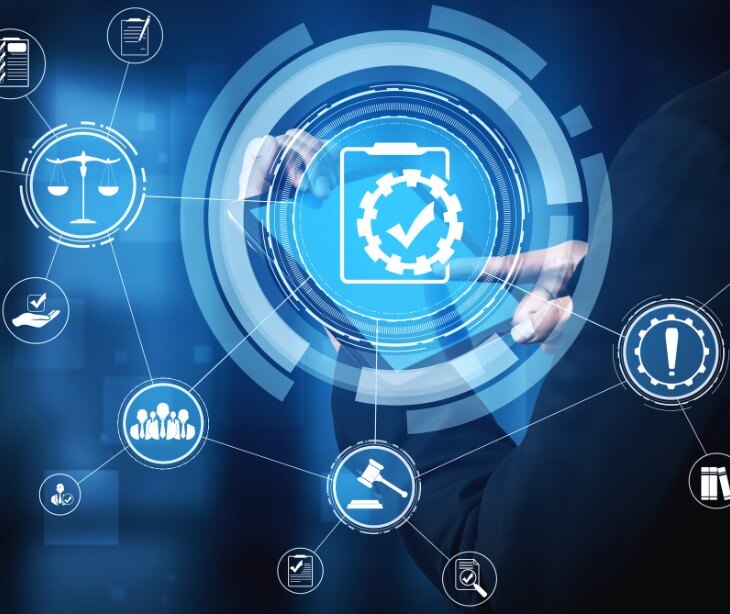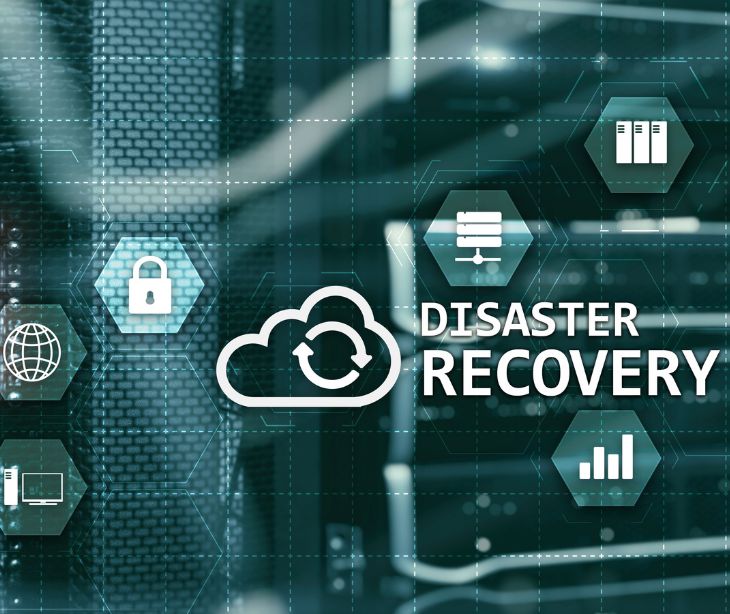
ISO 27001 is an international standard that sets out the requirements for establishing, implementing, maintaining, and continually improving an organization's Information Security Management System (ISMS). It's designed to help businesses of any size or industry secure their information assets.
The significance of ISO 27001 in healthcare
The healthcare industry is a prime target for cyber threats. The volume of personal health information stored in electronic health records (EHRs) makes healthcare providers an attractive target for cybercriminals seeking to exploit vulnerabilities.
Implementing ISO 27001 is akin to building a fortress around patient data. It's a proactive approach that empowers healthcare organizations to identify potential risks, assess their impact, and implement stringent security controls to mitigate these risks effectively.
Go deeper: Why do cyberattacks happen?
Benefits of implementing ISO 27001
In healthcare, ISO 27001 provides a structured and systematic approach to managing information security risks, protecting sensitive patient data, and fostering a culture of security within the organization.
Here are some benefits of implementing ISO 27001 in a healthcare organization:
- Protect patient data: ISO 27001 helps healthcare providers establish comprehensive security measures to safeguard patient information from unauthorized access, breaches, or data theft.
- Ensure compliance: ISO 27001 aids in meeting HIPAA compliance requirements by providing a structured approach to managing security risks.
- Risk management: The standard emphasizes identifying potential risks to patient data and implementing appropriate controls to mitigate these risks. This proactive approach reduces the chances of data breaches or other security incidents.
- Continual improvement: ISO 27001 encourages continual improvement of security measures. Healthcare organizations can regularly review and update security protocols to adapt to evolving threats and technologies.
Related:
- What are the most common cyberattacks in healthcare?
- CISA releases Mitigation Guide for healthcare organizations
- HIPAA Compliant Email: The Definitive Guide
How can healthcare organizations implement ISO 27001?
Implementing ISO 27001 in healthcare organizations involves a structured approach to establish, implement, maintain, and continually improve an information security management system (ISMS). Here's a step-by-step guide:
Leadership commitment and planning
- Top management buy-in: Obtain commitment and support from top leadership to initiate and sustain the implementation process.
- Establish the ISMS team: Formulate a dedicated team responsible for implementing and managing the ISMS.
- Scope definition: Define the boundaries and objectives of the ISMS, identifying the assets and processes to be included.
Risk Assessment and Treatment
- Risk identification: Identify and assess potential risks to information security, considering threats, vulnerabilities, and their potential impact.
- Risk treatment plans: Develop plans to mitigate, transfer, or accept identified risks, implementing appropriate security controls.
Policies and Procedures Development
- Information security policies: Create comprehensive policies that outline the organization's commitment to information security and define roles, responsibilities, and expectations.
- Procedure documentation: Document procedures for handling, storing, and accessing sensitive patient data, ensuring compliance with policies and regulations.
Implementation of Controls
- Security control selection: Choose and implement appropriate security controls (physical, technical, and administrative) to address identified risks.
- Training and awareness: Provide training programs and awareness sessions for employees to understand and comply with security policies and procedures.
Monitoring and Measurement
- Monitoring systems: Deploy systems for ongoing monitoring and measurement of the effectiveness of implemented security controls.
- Internal audits: Conduct regular internal audits to assess compliance with ISO 27001 requirements and identify areas for improvement.
Continual Improvement
- Corrective actions: Address non-conformities and implement corrective actions to rectify deficiencies or weaknesses in the ISMS.
- Management Review: Conduct periodic reviews involving top management to assess the ISMS's performance and make necessary adjustments.
Certification Readiness and Documentation
- Documentation: Maintain necessary documentation, including policies, procedures, records of incidents, audits, and improvements related to the ISMS.
- Preparation for certification audit: Ensure readiness for external certification audits by aligning the ISMS with ISO 27001 requirements.
Post-Certification and Maintenance
- Continuous improvement: Foster a culture of continual improvement, adapting security measures to evolving threats, technologies, and organizational changes.
- Regular review and update: Periodically review and update the ISMS to maintain its effectiveness and alignment with ISO 27001 standards.
Subscribe to Paubox Weekly
Every Friday we'll bring you the most important news from Paubox. Our aim is to make you smarter, faster.




